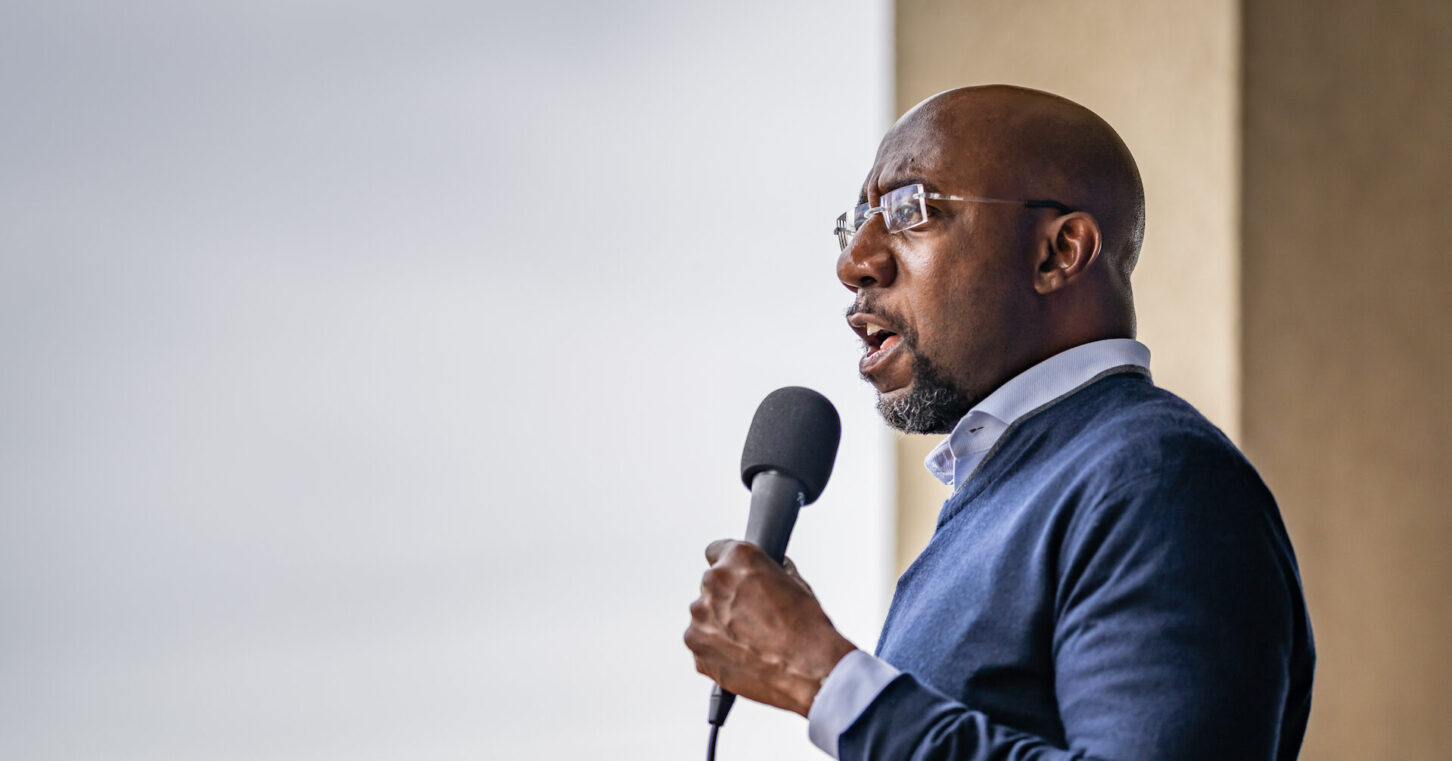
Last week’s runoff election for the U.S. Senate has been examined six ways to Sunday. There has been plenty of analysis about what Herschel Walker’s loss means for him, for Donald Trump, for the Republican Party at large – and, conversely, about the meaning for newly re-elected Raphael Warnock, President Joe Biden and the Democratic Party more broadly.
Just as intriguing is the unraveling of a statewide pattern that had stood largely unchallenged for decades: the decoupling of state and federal election results in Georgia.
It’s not that these results have come back into alignment, but that they are moving in opposite directions. Democrats seeking federal office are running ahead of their state-level peers consistently enough that this trend can no longer be overlooked.
For many years, Democratic politicians performed better at the state level than they did at the federal level. This trend more or less began with Ronald Reagan’s defeat of Georgia native Jimmy Carter in 1980. Georgia was one of just six states, plus the District of Columbia, that Carter carried, but four-term U.S. Sen. Herman Talmadge lost a stunner to Republican Mack Mattingly that same year.
It took a little while for the trend to fully take root, as Sam Nunn was able to win two more Senate terms and Mattingly soon lost his own seat. Bill Clinton also carried Georgia in 1992. But by 1996, Georgia Democrats running for federal office were consistently underperforming those seeking state office.
The widely accepted explanation is that national Democrats became too liberal for Georgians, while state-level Democrats could campaign more as fiscal conservatives, or at least centrists. Zell Miller, the governor-turned-senator, embodied the shift by speaking in favor of President George W. Bush’s re-election at the 2004 Republican National Convention. Over the past decade, however, an opposite trend has emerged in favor of federal-level Democrats – so subtly that many of us missed it.
The low-water mark for Georgia Democrats was almost certainly 2006, when Gov. Sonny Perdue won re-election by almost 20 percentage points. (There was no federal race in Georgia that year.) In 2010, a pair of known commodities represented the Democrats in the top state and federal races: Roy Barnes and Michael Thurmond, respectively. Both lost, but Barnes ran about 4 points ahead of Thurmond.
The state-federal disparity actually flipped not in 2020 but in 2012, when Barack Obama outpaced the Democratic nominee for the Public Service Commission (which is generally the top state race in presidential election years). The gap narrowed in 2014.
Then 2018 happened. Stacey Abrams nearly forced Republican Brian Kemp into a runoff. She took 49.3% of the two-party vote, which I calculated by removing third-party candidates’ votes in order to draw a more direct comparison between the two major parties.
It looked like a soaring trajectory at the time, but since then it has fallen off. A PSC nominee won 48.5% of the two-party vote in 2020, and Abrams captured only 46.2% by that measure this year – back to the party’s level eight years ago.
Meanwhile, the trendline for federal candidates is still rising. The Democrat in the top federal race on the ballot has taken a larger share than the previous one in six straight elections now, dating back to 2010. Warnock’s 50.5% of the two-party vote in the general election – he did even better in the runoff – was about 4 points larger than Abrams’ share this year. In terms of the disparity, it’s a complete reversal of 2010.
Of course, the big question is what all of this means going forward. Georgia will have two Democratic senators for at least the next four years. Will it stay blue in the 2024 presidential election?
And on the state level, few people in 1998 foresaw just how hard state-level Democrats would fall just four years later. Will Republicans have their work cut out for them in 2026?
Those questions require more analysis, and information we don’t yet have. But it’s a fascinating development to watch.
